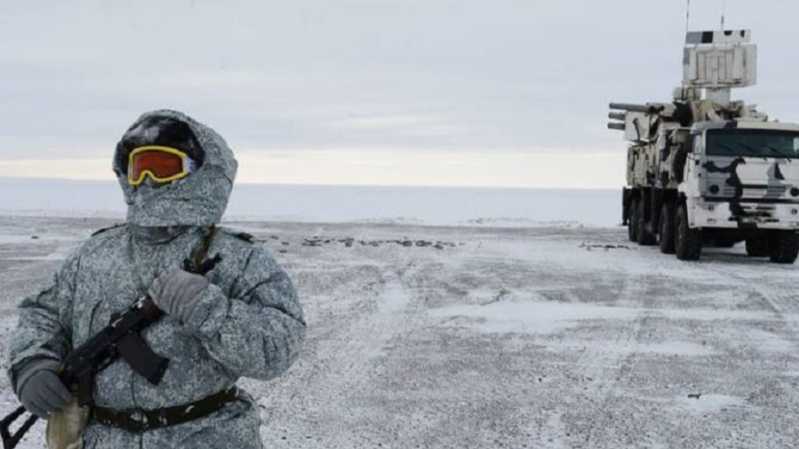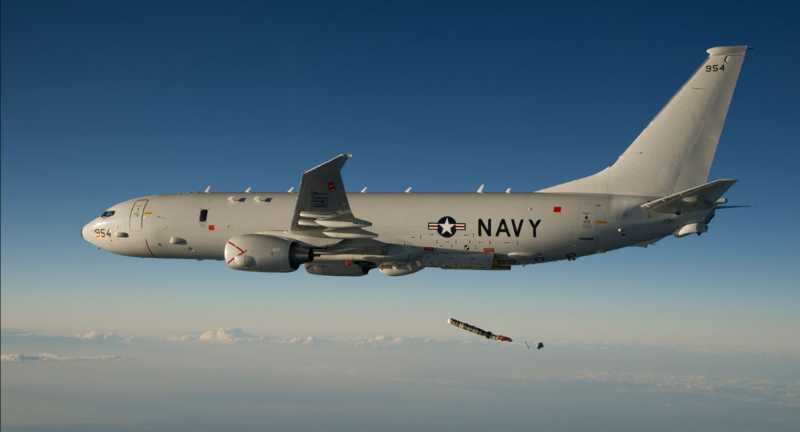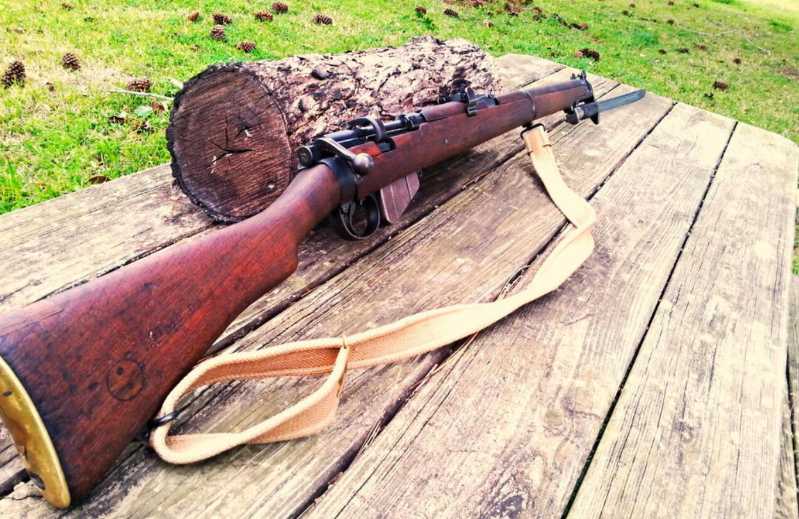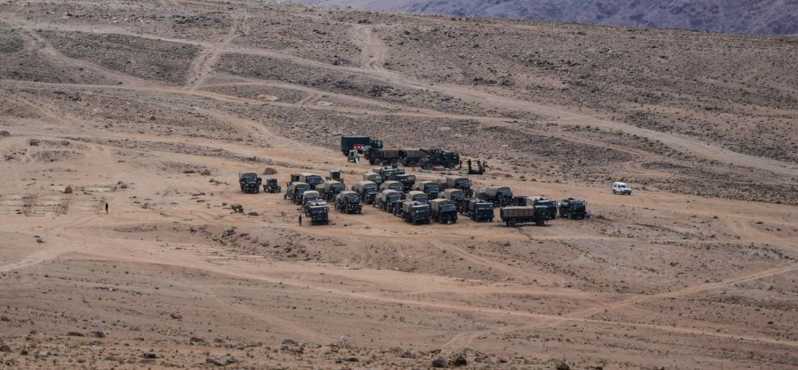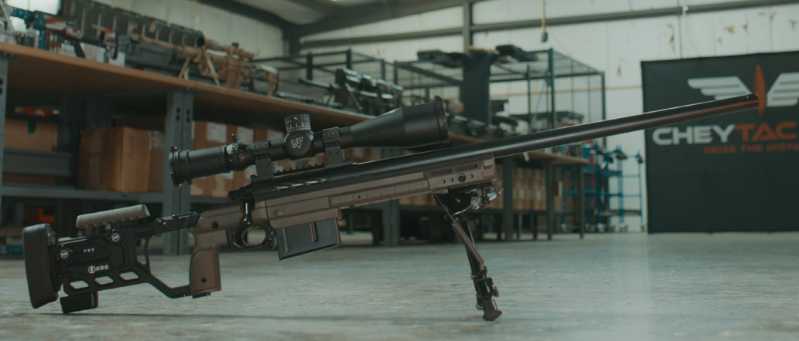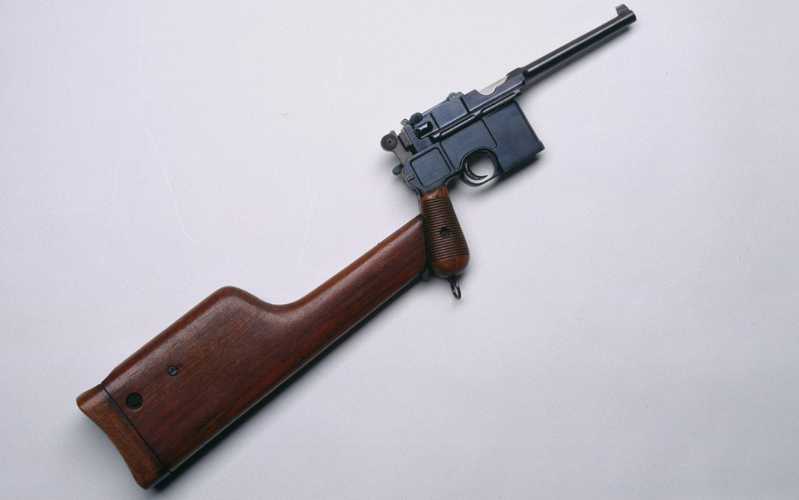The Arctic is a world of ice and snow full of romance and fairy tales. When it comes to it, it should give people a feeling of tranquility and purity. However, in recent years, the all-round game between the United States and Russia in the Arctic region has intensified, casting a tense and solemn veil over the beautiful world of ice and snow. Now, let us approach the romantic world of ice and snow in the Arctic and unveil the mysterious veil under the military game.
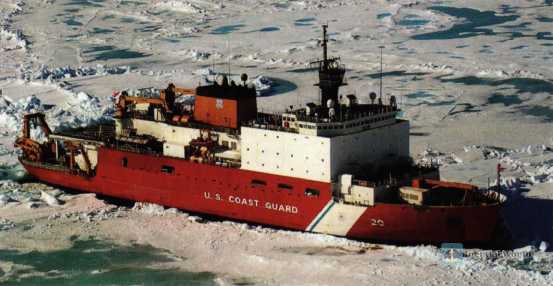

Conflicts of interests in the world of ice and snow
As the two countries with the strongest comprehensive strength among the formal members of the Arctic Council (the Arctic Council is an intergovernmental forum established in 1996, and China became a formal observer in 2013), Russia and the United States issued their first Arctic strategies in 2008 and 2013 respectively, and both regard the Arctic region as a core area related to national security and major interests. The conflict in strategic goals and interest claims is intensifying.
The "battlefield theme activity" of the American Ice and Snow World opened
Speaking of the Ice and Snow World, it is easy to think of the various entertainment projects such as ice sculptures and mazes. However, what kind of social reaction will there be if the "battlefield theme activity" is moved into this romantic ice and snow world? In June 2019, the US Department of Defense released the third edition of the "Department of Defense Arctic Strategy", which for the first time clearly included the Arctic region in the scope of great power competition and officially moved the new battlefield of great power competition into the Arctic. Compared with the previous two editions that emphasized the climate change challenge strategy in the Arctic region, the new version of the strategy pays more attention to the potential role in curbing the rise of China and Russia in the Arctic region.
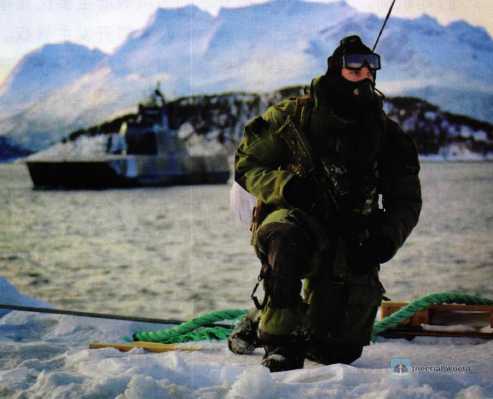
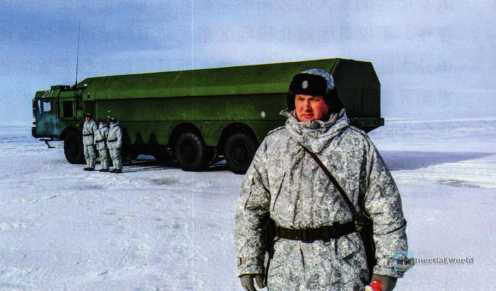
The United States claims that the Arctic region may become a potential strategic location for opponents to attack the US mainland. Therefore, the United States has made persistent efforts and proposed to develop more agile, more lethal, and more resistant to strikes. A strong joint force to compete for the interests of the United States in the Arctic region.
From July 2020 to February 2021, the U.S. military mobilized the Air Force, Navy, Army, etc. to successively release Arctic strategic reports detailing the military strategies and threat situation assessments of each service around the Arctic region, and then formulated future capacity building plans and corresponding measures.
In terms of military strategy, the Air Force once again reaffirmed the importance of the Arctic as a national security frontier; the Navy proposed a long-term strategy to stick to the beautiful ice and snow world of the Arctic; the Army elaborated on the military strategy to regain the dominant position in the Arctic. In terms of threat assessment, all services emphasized the strength and persistence of Russia’s military power in the Arctic region, and are constantly strengthening offensive land, sea and air operations. combat power and sea-based ballistic missile systems, and believes that they pose a major threat to the security of the US homeland and the Arctic order.
In terms of capability building, the Air Force focuses on observation and forecasting, communication support, space-based early warning, and force projection capabilities; the Navy emphasizes strengthening the modernization of combat operations and capabilities in the Arctic with a focus on sea control; the Army proposes to improve the combat readiness of weapons and equipment in the polar ice zone and the combat capabilities of soldiers and squads.
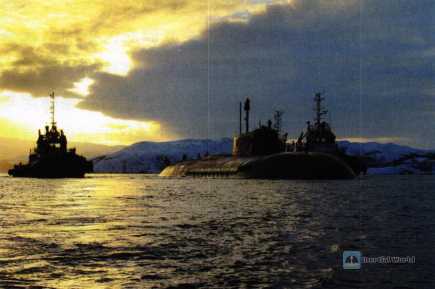

In terms of major initiatives, the Air Force will upgrade joint exercises to improve operational coordination with allies and partners in the Arctic. The Navy proposes to explore the establishment of Polar ice expedition base, deploying Marine Corps and Coast Guard coastal combat regiments; the Army plans to form an "Arctic Brigade" force, set up a combat command and establish a multi-domain task force to develop new tactics for polar operations against Russia. But at the same time, the report "US Military Options for Strengthening Arctic Defense" released by the Brookings Institution and the report "Strategic Stability and Competition in the Arctic" released by the Center for International Strategic Studies of the United States jointly pointed out that the current US positioning, navigation, timing systems, and command and control and other shared information systems in the Arctic are still insufficient to support military operations and combat readiness, and regional situational awareness and intelligence reconnaissance and surveillance capabilities also need to be strengthened. It seems that if you want to move the "theme event" of the new battlefield into the ice and snow world, you still need a lot of preparation and planning.
Russia’s "upgrade and expansion" of the ice and snow world’s interest space
As the world’s largest circumpolar country, Russia has the largest jurisdiction area and the most mineral resource reserves in the Arctic Circle. Russia has cleverly used its unique geographical advantages and is ready to continue to "upgrade and expand its interest space in the Arctic. Russia has successively issued the "Principles and Long-term Plan of the Russian Federation’s National Policy in the Arctic Region before 2020", the "Strategy for the Development of the Arctic Region and National Security of the Russian Federation before 2020" and the "National Outline for the Social and Economic Development of the Arctic Region of the Russian Federation before 2020", which basically established its own strategic framework in the Arctic. The framework clarifies Russia’s national interests in the Arctic region: first, as a strategic resource base to ensure Russia’s social and economic development; second, to maintain the Arctic region as a region of peace and cooperation; third, to maintain the unique ecosystem in the Arctic region; fourth, to use the Arctic route as a national transportation trunk line in the Arctic region of Russia.

In March and October 2020, Russian President Putin signed presidential decrees approving the "Basic Principles of the National Policy in the Arctic Region before 2035" and the "National Outline for the Social and Economic Development of the Arctic Region before 2035" The "Strategy for the Development of the Arctic Region and National Security of the Russian Federation" 2009 clearly defines the goals, tasks and action mechanisms for Russia to implement national policies in the Arctic region, especially listing Arctic development as one of the main priorities and highest national interests of the Russian government, and focusing on strengthening the leading role of Arctic development. It seems that having natural geographical advantages is indeed very convenient. Guarding this delicious big cake, you can taste the sweet taste as much as possible and as soon as possible. Of course, the policy goals set by Russia are not only to be self-sufficient, but also to prevent "outsiders" from coming to share a piece of the pie. As the biggest "tycoon" in the world of ice and snow, compared with the United States, Russia has shown stronger continuity and effectiveness in its Arctic policies, and the time cycle for policy implementation is relatively short. At present, Russia is strengthening vertical control and policy coordination in the Arctic region through government and military institutional reforms, so as to highlight its advantages and voice as a "tycoon". In general, promoting the comprehensive development of the Arctic region is the core support for Russia to cope with changes in the Arctic geopolitical, economic and security patterns. Especially in multilateral diplomacy, in order to accelerate the implementation of the national Arctic strategic system, Russia has used its inherent advantages to expand its security and economic presence in the Arctic region, not only consolidating its control over the Northeast Passage and the Arctic Ocean in the Arctic region, but also strengthening its control over the Northeast Passage and the Arctic Ocean in the Arctic region. The legal claim of the continental shelf limit outside the sea, and increase the inclusiveness and spillover effects of Arctic development, thereby creating an international cooperation framework for Arctic development led by Russia, and gradually strengthening the comprehensive security concept of the Arctic.

Supporting facilities in the Ice and Snow World
The opening of the "War Theme Event" and the "upgrade and expansion" of the original interest space have begun, and the subsequent "supporting facilities" have also been put on the agenda by the two countries. In order to meet the current and future needs of their own military deployment and combat capabilities in the Arctic, the United States and Russia have accelerated the development of polar weapons and equipment and cutting-edge technology research, and strengthened the simulation test research of polar ice zone environment. Among them, they attach particular importance to the development of intelligence reconnaissance and surveillance equipment in the polar ice zone, and strengthen the situational awareness of multi-domain military activities in the Arctic.
The United States quickly promotes the construction of core equipment for the "War Theme Event"
As the saying goes, "If you want to do your work well, you must first sharpen your tools." In order to establish the "war theme activities" project, it must have its unique core competitiveness. The most direct way is to enhance its influence by building core equipment. The United States has made clear requirements for strengthening the development of polar ice equipment technology and infrastructure construction in the new version of the "Department of Defense Arctic Strategy". The main requirements include: First, before 2024, the U.S. Coast Guard will build three polar security patrol ships based on the "Polar Blade" project, with a total investment of 2.619 billion US dollars, equipped with the new combat system of "Aegis". Among them, the American Bureau of Shipping will provide technical guidance and standard certification, and jointly carry out simulation, design and construction and other tasks with Finland and other Nordic countries. The second is to build an Arctic mobile observation and communication system, and complete the technical architecture in 2022. After completion, it can realize under-ice positioning and communication navigation in the Arctic region, and provide anti-interference, anti-eavesdropping/anti-interception, and high anti-destruction satellite communication services for submarines, surface ships and fighters.

Russia shows its "tycoon" style
For a long time, Russia has attached great importance to the deployment of typical weapons and equipment in the Arctic capabilities, continue to invest in polar ice zone equipment, and enhance its advantages in the use of polar ice zone equipment. Let’s take a look at how the "tycoons" carried out this wave of operations.
The first is icebreaker construction. As of July 2021, Russia has 7 nuclear-powered icebreakers, especially the "Arctic" nuclear-powered icebreaker, which is known as the world’s strongest icebreaker. It was delivered in October 2020, and then 4 ships of the same type will be delivered one after another, continuing to consolidate its asymmetric advantage over the United States. Second, Russia launched its first Arctic environment monitoring satellite "Arctic M". This type of satellite belongs to the hydrometeorological and climate monitoring system, equipped with a multispectral imaging payload, collects various types of meteorological data in the Arctic region, and provides weather forecasts for high-latitude areas. Russia plans to launch a series of "Arctic-M" missions from 2022 to 2025. The subsequent four "Arctic·M" satellites were launched year by year, basically forming a constellation of Arctic hydrological, meteorological and climate monitoring satellites.

Third, in terms of situational awareness, Russia actively develops polar acoustic detection technology. For example, the Russian Defense Group is developing a new anti-submarine detection sonar monitoring system that can be used in polar waters to effectively track the military activities of the US military in the Arctic region. Kalashnikov has developed the ZALA series of drones, which can carry out intelligence reconnaissance operations and regularly monitor ice in sub-zero polar environments. It has to be said that the unique geographical advantages do give the "tycoons" enough room for development.
US-Russia Virtual Ice and Snow World
The Arctic has glaciers and ice fields, as well as many polar species, such as various birds, polar bears, Arctic foxes, etc. The complex geographical environment has brought great challenges to the design and performance evaluation of weapons and equipment by the United States and Russia. So, can virtual design and evaluation be carried out by simulating the Arctic environment? The answer is yes. To achieve this effect, biological polar ice zone environment simulation technology is crucial. So far, the United States has built more than 50 equipment test sites of various types, covering all kinds of typical natural environmental conditions around the world. Among them, the Cold Zone Test Center in Alaska can carry out weapon and equipment test research under extremely cold conditions. The center has built a polar ice zone mobile equipment test site, a large cold storage and a heavy snowmaking machine to create a virtual ice and snow world, which can provide polar ice zone test research and testing services for US military equipment.
Russia is not to be outdone. In December 2020, the Russian Central Institute of Precision Machinery (affiliated to the Russian State Technology Group Corporation) restarted the Arctic Military Laboratory. The laboratory was closed after the disintegration of the Soviet Union and can simulate a variety of extreme combat environments in polar ice areas. Such a virtual ice and snow world provides experimental guarantees for the development of Russian polar ice equipment, and its experimental research capabilities and technical reserves are also world-leading.
Military deployment and exercises in the Ice and Snow World
Just like the pattern planning and event rehearsals before the opening of the Ice and Snow World, the development of the Arctic also requires strict deployment and intense exercises. Focusing on the strategic goals and interests of the Arctic, the United States and Russia have promoted military deployment in the Arctic, especially the frequency of exercises and training for polar operations has increased year by year. These operations echo the development and experimental research of polar equipment, accelerate the reconstruction of the security pattern in the Arctic, and also create a tense atmosphere for the quiet Ice and Snow World.
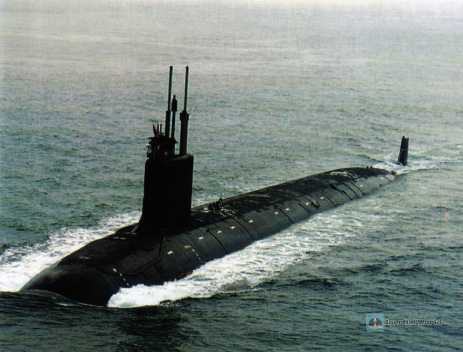

The United States has used all its skills
In order to improve its combat capabilities in the Arctic, the United States has used a variety of means, which can be said to be a combination of all its skills. Since the U.S. Navy officially restored the Second Fleet and included the Arctic waters in the combat space and mission area, the U.S. military has also led the establishment of the NATO Norfolk Joint Force Command as a tactical command to protect the transatlantic and near-Arctic allied sea lines of communication. In March 2020, the U.S. Navy led a 21-day "Icefield 2020" joint exercise north of Alaska. Its allies, the United Kingdom, Canada, Norway and Japan, participated in the exercise. The purpose was to test the U.S. military and its allies’ joint combat capabilities against Russia in the Arctic. Then on December 18, the day when the Russian "Arctic" icebreaker was launched, the US Department of Defense announced the official establishment of the second F-35A fighter squadron in Alaska, mainly used to drive away Russian strategic bombers that often cruise to this area. The US Air Force announced that a total of 54 F-35 fighters will be deployed to Eielson Air Force Base in Alaska by the end of 2021. Coupled with the previously deployed F-22 fighters, Alaska will become the most densely deployed area of the United States’ fifth-generation fighters. The number of these fighters also shocked Russia, the "tycoon" in the Arctic. In January 2021, the United States restarted the development of medium-range ballistic missiles after withdrawing from the Intermediate-Range Missile Treaty, and claimed that the missile would be deployed to Attu Island, the westernmost island in Alaska, and could reach Russia’s ballistic missile nuclear submarine base on the Kamchatka Peninsula within minutes. On February 28, US President Biden and Canadian Prime Minister Trudeau proposed in a bilateral meeting to jointly upgrade the North American Aerospace Defense Command to respond to Russia’s growing military presence and threats in the Arctic. Then on May 21, the Brookings Institution, a well-known American think tank, released "Military Options for Strengthening Arctic Defense in the United States", proposing that the US military urgently needs to change its military game situation and combat readiness against Russia in the Arctic region, and suggested the establishment of a regional command and upgrading joint exercises and training. The eighteen martial arts here have already appeared, how should the "tycoons" of the Arctic respond?
Russia’s multi-faceted joint efforts to win in a stable manner
You sing and I come on stage, as the "tycoons" of the Arctic, Russia will naturally not ignore it. In order to better resist the US interference in Russia’s Arctic affairs, since the United States withdrew from the "Intermediate-Range Missile Treaty", Russia has intensively taken a number of measures to consolidate its position as the first military power in the Arctic Circle: first, the establishment of the Arctic Strategic Command, the establishment of the Arctic Patrol and Investigation Task Force, the construction of a new Arctic military base, and the deployment of the "Fortress" shore-based missile system; second, the resumption of fighter air patrols in the Arctic region, and the strengthening of patrols in the waters near Norway and Denmark; third, the intensity of submarine under-ice training has been strengthened, and tactical exercises of traditional armed forces entering the Arctic region have been carried out. So far, Russia has built 475 military infrastructure facilities in the Arctic region and deployed a variety of combat aircraft, including Tu-95MS bombers, Tu-142 patrol aircraft, Su-25 attack aircraft, Su-34 multi-purpose fighters and MiG-31 interceptors. On April 26, 2020, the Russian airborne troops used the Il-76 military transport aircraft to conduct 10,000-meter airborne training over the Franz Josef Islands in the Arctic. This was the world’s first high-altitude airborne training in high-latitude areas, demonstrating the Russian Air Force’s combat capability advantage as a "tycoon" in the Arctic.
In January 2021, the Russian Northern Fleet and its jurisdiction were officially upgraded from a service combat force to the Northern Military District, becoming the fifth regional military administrative unit alongside the Russian Central Military District, Western Military District, Eastern Military District, and Southern Military District. It has cross-service and strategic regional command functions, which greatly enhanced Russia’s military strength and combat coordination capabilities in the Arctic. Subsequently, the Russian Federal Security Service awarded the Vyborg Shipyard two "Burrilla" class ice patrol ships. The contract for the construction of the ship will be delivered to the Northern Military District in 2024. At the same time, the world’s northernmost military base under the Northern Military District Air Defense Force is building a new airport, which can take off and land various types of military aircraft all year round after completion. Multiple measures are implemented together to achieve steady victory and consolidate its "local tyrant" status in the Arctic.
A few considerations
The military game situation between the United States and Russia around the polar ice zone shows that the Arctic region will become a new hotspot for comprehensive games between major powers in the future, and the construction of key equipment may become a key factor affecting the game situation in the polar ice zone. Based on my country’s status as an official observer state of the Arctic Council, several considerations are put forward around the strategic interests of our army in the Arctic region.
Considering my country’s strategic interests in the polar ice zone, make a comprehensive layout @@ @47
From 2021 to 2023, Russia will serve as the rotating chair of the Arctic Council. As the rotating CEO of the Ice and Snow World, in addition to continuing to consolidate its voice in Arctic affairs, it may also vigorously promote the development of natural resources in the Arctic and control maritime transport channels with strong strategic significance. As an official observer state of the Arctic Council, my country should participate in Arctic affairs as a participant in Arctic governance, a builder of Arctic infrastructure, and a provider of Arctic public services. Adopt flexible and pragmatic policy measures, actively participate in the development of natural resources in the Arctic, especially oil and gas resources, comprehensively study the requirements of the International Convention on Arctic Waterways and related maritime rules, and promote practical cooperation in the Arctic to a new level.
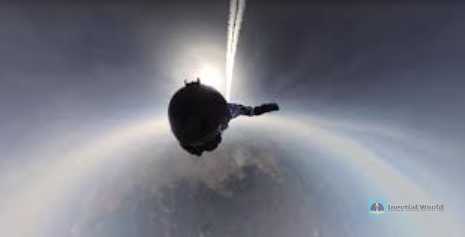
Promote the integration of polar ice technology between the military and the people, and develop in coordination
If you want to have a voice, you must rely on advanced technology, just like the entertainment projects in the Ice and Snow World. If you want to be popular, you must have core competitiveness. Then, facing the new development stage of equipment, two aspects should be considered. First, on the basis of the national economic development system, we will strengthen the research and development of cutting-edge technologies in polar ice regions, integrate resources across the military and the local areas, and across fields, coordinate national defense construction and economic construction around polar ice regions, participate in practical cooperation in the Arctic, and build the "Ice Silk Road". Second, we will optimize the layout of national defense science and technology industry around polar ice regions, and build a small-core, large-scale collaborative, professional, and open research and production system for polar ice region weapons and equipment. Only by improving core competitiveness can we have more say.
Ensure that polar ice region equipment is advanced, applicable, complete and controllable
The improvement of core competitiveness is inseparable from the independence and autonomy of technology. We must adhere to self-reliance and self-improvement, and insist on key breakthroughs, so as to achieve the final victory. In view of the current situation, there are two aspects that need to be broken through. One is to promote the research and development of navigation and transportation tools in polar ice regions. Develop multi-purpose navigation and transportation equipment suitable for polar environments such as water surface ice, snow, and ice-water mixture to achieve a major breakthrough in the research and development of heavy icebreakers. The second is to improve the spectrum of polar equipment. We will strive to break through key technologies in a series of equipment for polar scientific exploration, exploration operations, resource development, etc. By breaking through key and difficult problems, we will ensure the advanced applicability of equipment in the Arctic ice zone and enhance my country’s influence in the Arctic region.


